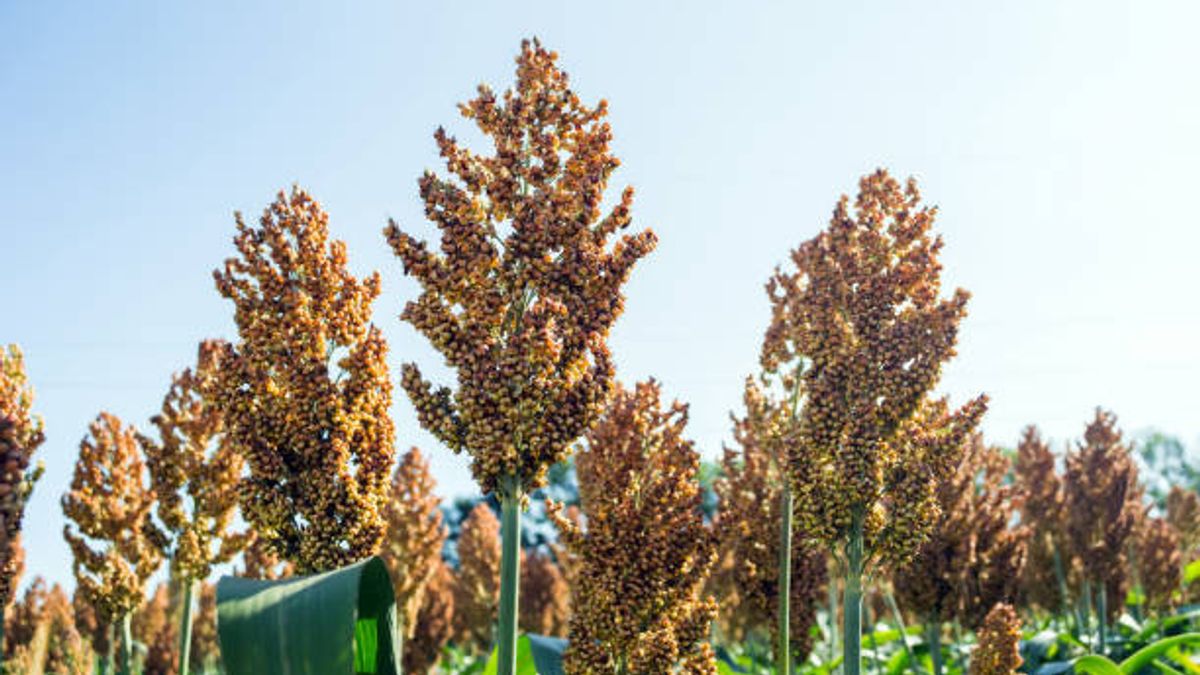JAKARTA - Not only famous for its biodiversity, Indonesia is also widely known for the diversity of its food sources. Sorghum for example. These grasses, which are related to rice and corn, have become the second priority crop for farmers in East Nusa Tenggara after maize.
Launching the Agriculture.go.id page, Monday, July 18, sorghum is a multifunctional plant because all parts of the plant can be used as food, animal feed, and bioethanol. Sorghum stalk sap is a source of bioethanol, while the stem and leaf pulp can be used as animal feed.
Sorghum seeds are known to be rich in nutrients, also rich in phosphorus, niacin, thiamin, vitamin B6, iron, and manganese. In fact, the protein, vitamin, and mineral content is predicted to be higher than rice. Overall, the nutrition of sorghum is similar to that of oatmeal, which is found in oatmeal.
The Asian Parent explains that a quarter cup of sorghum contains 163 calories, 5 grams of protein, 2 grams of fat, 36 grams of carbohydrates, and 12 percent iron. With abundant nutrition and low sugar content, it is not surprising that sorghum is claimed to be very good for diabetics. For those of you who are on a diet, sorghum can be the right choice for consumption. The stomach feels full longer because the fiber in it is relatively high.
As previously explained, sorghum can also be used as animal feed, energy source, board production, fertilizer, and medicine. Animal feed can be obtained from the stems and leaves of sorghum. It becomes a healthy meal for cows, buffaloes, goats, and sheep.
As energy, stems of several types of sorghum can be processed into ethanol. The stems are known to produce sap which is then processed into sugar or syrup. The sap is then fermented and undergoes a distillation process to become 95 percent ethanol.
As for the production of boards, a plant called Latin Sorghum Bicolor can be used for its fiber as raw material for the paper and particle board industry for tables or walls. Then for organic fertilizer, you can use all parts of the sorghum plant.
Because it can produce an allergic reaction, be sure not to regularly consume sorghum until you are sure that there are no allergic symptoms after the first consumption of sorghum.
The English, Chinese, Japanese, Arabic, and French versions are automatically generated by the AI. So there may still be inaccuracies in translating, please always see Indonesian as our main language. (system supported by DigitalSiber.id)













